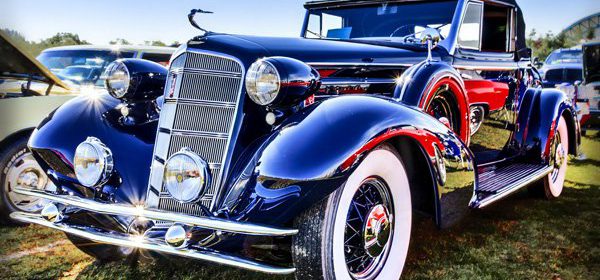CNG- A Short Note


What is CNG? Compressed Natural Gas is a fossil fuel substitute for petrol, diesel and propane. Although its combustion produces greenhouse gases, it is environmentally cleaner and safer than other alternative fuels. It is safer than other gases especially in the event of a spill as it dissipates in the atmosphere. It is clear, odorless and non-corrosive. How is natural gas produced? Most of the natural gases come from three types of wells: cng and condensate wells, oil wells and coal bed methane wells. This is made by compressing natural gas to less than 1%of the volume it occupies at standard atmospheric pressure. Storage: It is stored and distributed in hard containers at a pressure of 200 to 248 bars usually in cylindrical or spherical shapes. In smaller fueling locations and in vehicles this is stored in thick walled steel or aluminum composite tanks built to last more than 20 years. Is it flammable? When released this will mix with air and become flammable only when the mixture is 5 to 15 %natural gas. When the mixture is less than 5% natural gas
it does not burn. As it is lighter than air, it quickly dissipates when released. Advantages: • Natural gas powered vehicles have low maintenance cost when compared to other fossil fuel powered vehicles. • Due to the absence of any benzene content in this gas, the lead fouling of spark plugs is eliminated. • These fuel systems are sealed which prevents any spill or evaporation losses. • It mixes easily and evenly in air being a gaseous fuel. • It is less likely to ignite on hot surfaces since it has a high auto ignition temperature and low range of flammability. • It causes less pollution and is more efficient. Drawbacks: It requires greater amount of space for fuel storage than conventional powered vehicles.Compressed Natural Gas is a fossil fuel substitute for petrol, diesel and propane. Although its combustion produces greenhouse gases, it is environmentally cleaner and safer than other alternative fuels. It is safer than other gases especially in the event of a spill as it dissipates in the atmosphere. It is clear, odorless and non-corrosive. It is stored and distributed in hard containers at a pressure of 200 to 248 bars usually in cylindrical or spherical shapes. In smaller fueling locations and in vehicles this is stored in thick walled steel or aluminum composite tanks built to last more than 20 years.
